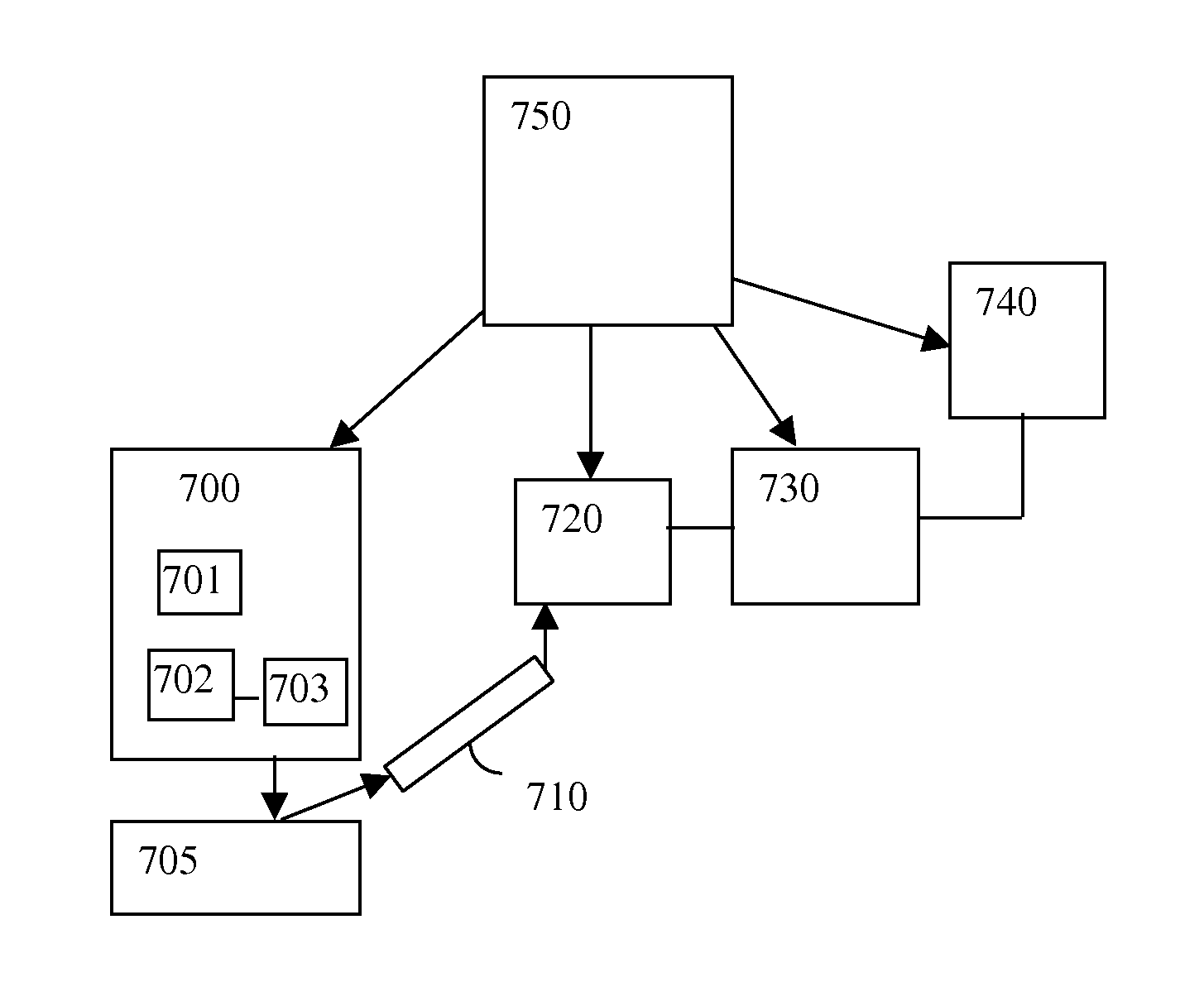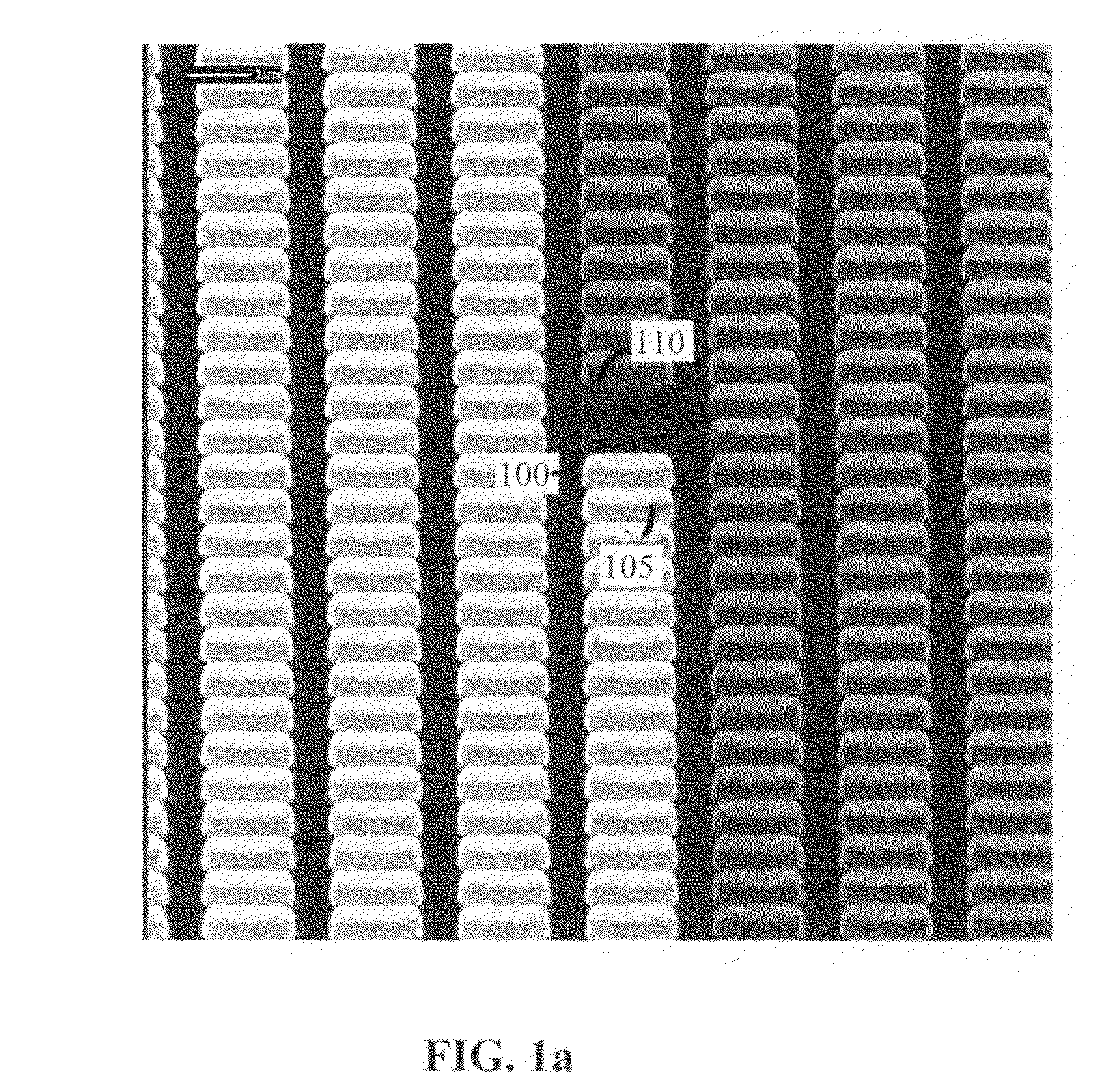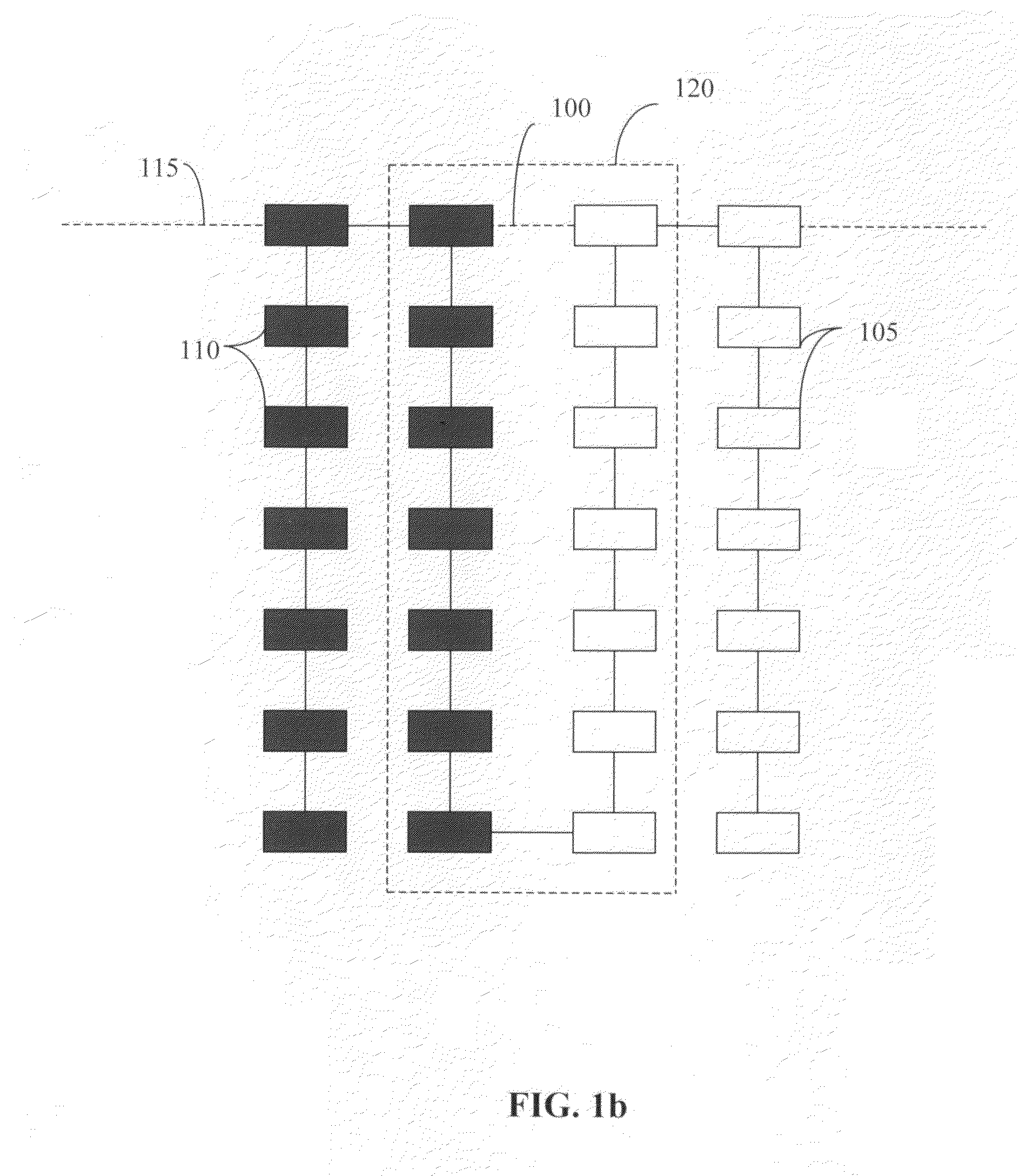FIB based open via analysis and repair
a via analysis and open via technology, applied in the field of die level fault isolation yield improvement, can solve the problems of affecting the number and energy of secondary electrons emitted, one typical failure occurs, vias or contacts, etc., and achieve the effect of accurate detection of defects
- Summary
- Abstract
- Description
- Claims
- Application Information
AI Technical Summary
Benefits of technology
Problems solved by technology
Method used
Image
Examples
first embodiment
[0072]FIG. 6a summarizes a process flow of the present invention.
[0073]In step 600, deprocess sample globally to highest suspected level of defect, using FIB.
[0074]In step 605, contact two points on suspected net or sub-net with nanoprobes.
[0075]In step 610, apply dynamic voltage signal.
[0076]In step 615, check for defect on that level using DAVC.
[0077]In step 620, (optional), do capacitative and / or resistive analysis to locate and localize the defect.
[0078]In step 625, repeat steps 600-620 in a loop: continue deprocessing and checking for defect until defect level uncovered.
[0079]In step 630, use pseudo-cross sectioning to view and characterize defect (i.e., determine root cause) while removing it.
[0080]In step 635, use FIB to repair the defect.
[0081]In step 640 check to see that defect has been removed.
second embodiment
[0082]FIG. 6b illustrates a process flow of the present invention.
[0083]In step 645, deprocess the sample locally to the most accessible suspected defect net or sub-net.
[0084]In step 650, contact two points on the suspected net or sub-net with nanoprobes.
[0085]In step 655, do capacitive and / or resistive analysis to locate and localize the defect.
[0086]In step 660, repeat steps 645-655 until the defect level is uncovered and localized.
[0087]In step 665, use Pseudo-Cross Sectioning to view, characterize, and remove the defect.
[0088]In step 670, use FIB to repair the defect.
[0089]In step 675, check to see that the defect has been removed.
[0090]Comparisons to known good die or to simulated CAD / SPICE can be useful or even essential in either process flow. It is also possible to combine the above two embodiments. The process flow can move from that of FIG. 6a to that of FIG. 6b, although it is clumsy moving back and forth from the global deprocessing tools to the FIB. The flow can also mo...
PUM
 Login to View More
Login to View More Abstract
Description
Claims
Application Information
 Login to View More
Login to View More - R&D
- Intellectual Property
- Life Sciences
- Materials
- Tech Scout
- Unparalleled Data Quality
- Higher Quality Content
- 60% Fewer Hallucinations
Browse by: Latest US Patents, China's latest patents, Technical Efficacy Thesaurus, Application Domain, Technology Topic, Popular Technical Reports.
© 2025 PatSnap. All rights reserved.Legal|Privacy policy|Modern Slavery Act Transparency Statement|Sitemap|About US| Contact US: help@patsnap.com



